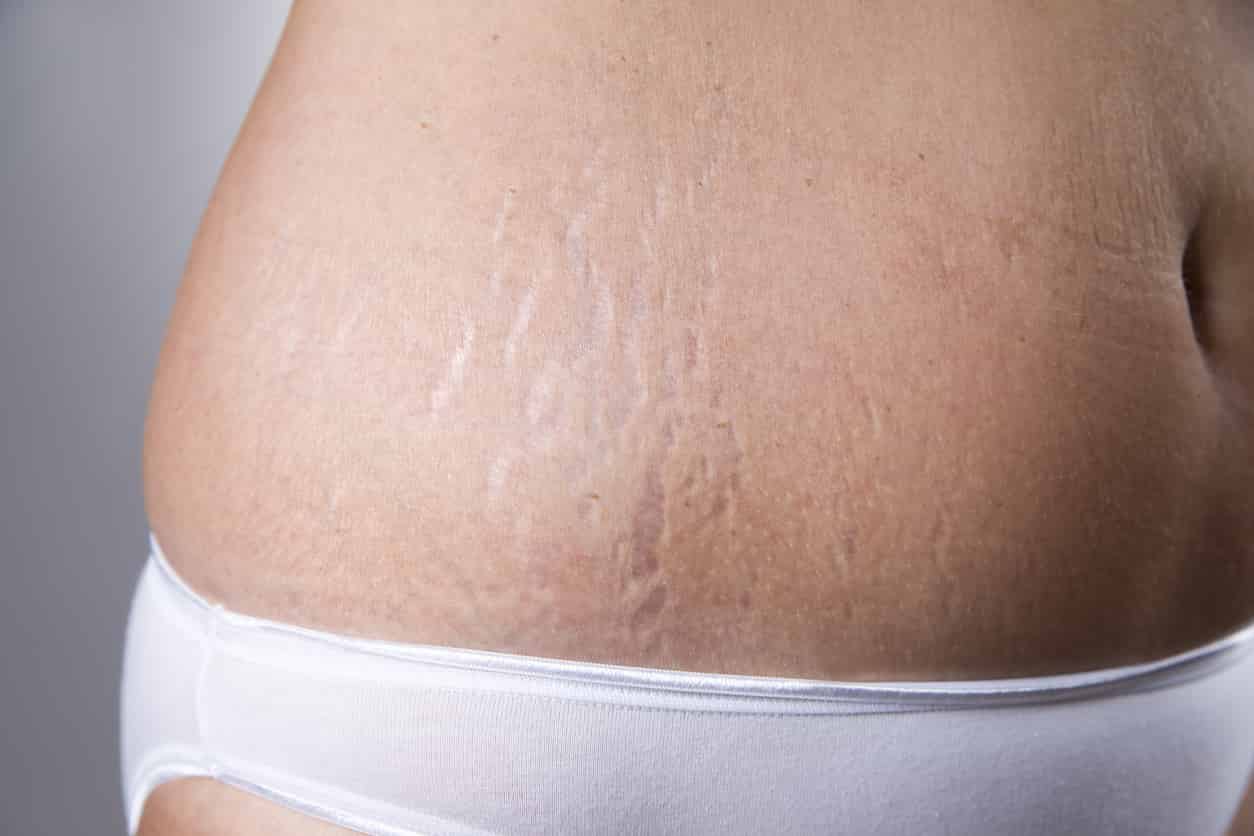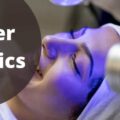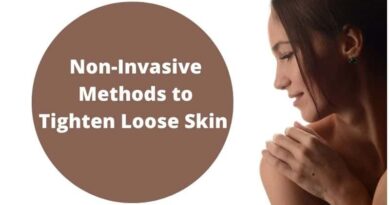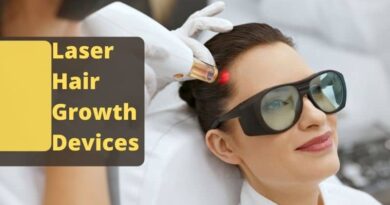Can Laser Hair Clinics Treat Stretch Marks?
No one likes the look of stretch marks. But there are treatments for them – notably at laser clinics.
Let our guide explain everything to you!
Table of Contents
Your Guide to Stretch Marks & Laser Clinics
What are Stretch Marks?
Stretch marks are a common problem that can affect both men and women. They are caused when the skin stretches beyond its natural elasticity, and as a result, small tears form in the dermis layer of the skin. In other words: stretch marks are caused by tears in the dermis layer of the skin. Over time, these tears can become more visible, making stretch marks an aesthetic concern for many people.
The most common regions for stretch marks are the stomach, breasts, arms and inner thighs. Treatments for stretch marks are usually not as successful on older scars.

What are the Treatments for Stretch Marks?
There is no one-size-fits-all solution to reduce the appearance of stretch marks. A combination of treatments is usually necessary, including topical remedies, skin creams and makeup to camouflage the affected area. If these measures are not effective, laser clinics may offer additional solutions.
Read: Why Do People Go To Laser Clinics
How can Laser Clinics Help?
Laser clinics may help improve the appearance of stretch marks by using laser technology to stimulate collagen production with the use of Co2 lasers.
The Co2 laser technology heats the deep layers of skin, which is absorbed by the pigment in the skin. It stimulates the production of collagen, which increases elasticity and promotes tissue repair and helps improve the appearance of stretch marks. The treatment is generally safe and well-tolerated, but it may cause some redness and swell in the treated area.
Can You Provide Details About the Treatment?
Stretch marks can be treated with a single session or multiple sessions, depending on the severity and where they are located. Many patients see visible results after one session.
For optimal results, it is recommended that patients have a minimum of six treatments on stretch marks at an interval of two weeks to one month apart. The more sessions a patient has, the more likely there will be an improvement. However, the interval of time between treatments may depend on where stretch marks are located.
Stretch marks that are found in areas with thicker skin (such as the stomach) will require more sessions than those located on thinner skin (like the thighs).
Laser removal is not always effective on stretch marks. This is because laser removal works by targeting the pigment in the shafts. Stretch marks are larger than individuals, so they do not receive enough energy to be eliminated. Treatments are typically done at a lower setting to account for this.
Some patients may see a reduction in the appearance of their stretch marks, but others may not notice a difference. This is because stretch marks are caused by tears in the skin and are usually located on areas of the body that have less pigment, such as the stomach and thighs.
Pregnant people should avoid having laser removal treatments on their stomachs, as this could potentially harm the baby. Pregnant women should also avoid sun exposure, as it can harm the development and growth of the unborn baby.
There is no recovery time required after a laser stretch mark treatment. Patients can resume their normal activities immediately following the treatment. There may be some mild redness or swelling in the treatment area, but this will usually resolve within a few hours.
Some people may experience temporary pigment changes in the skin after laser stretch mark treatments. This is more likely to occur in people with darker skin tones. Pigment changes are usually temporary and will resolve within a few months.
If you consider treatment for stretch marks, it is important to speak to a qualified professional to find out if laser therapy is a viable option.
Recommended Articles:
The Pros and Cons of Laser Hair Removal
Laser Hair Growth Devices For Hair Replacement








